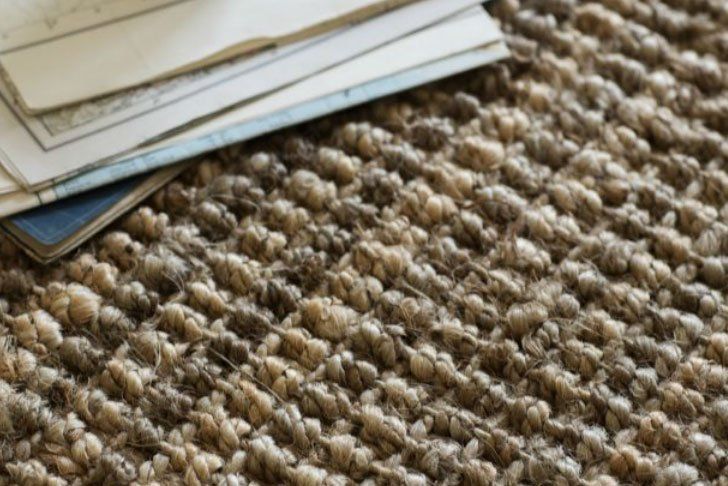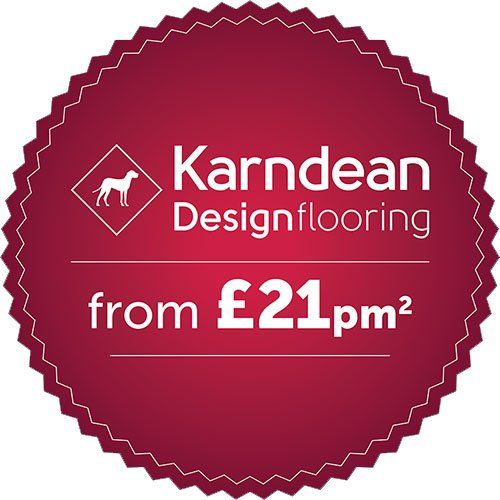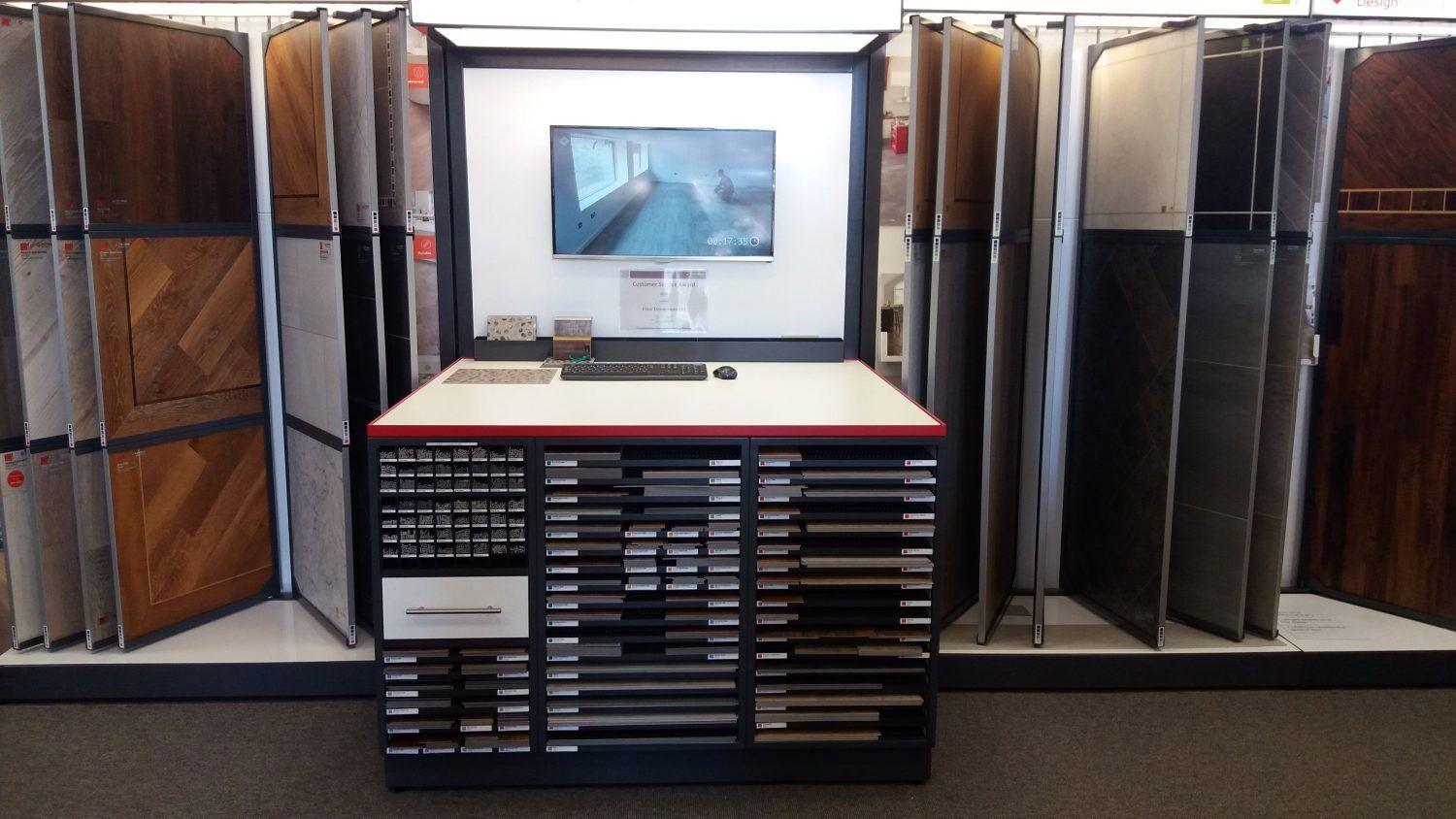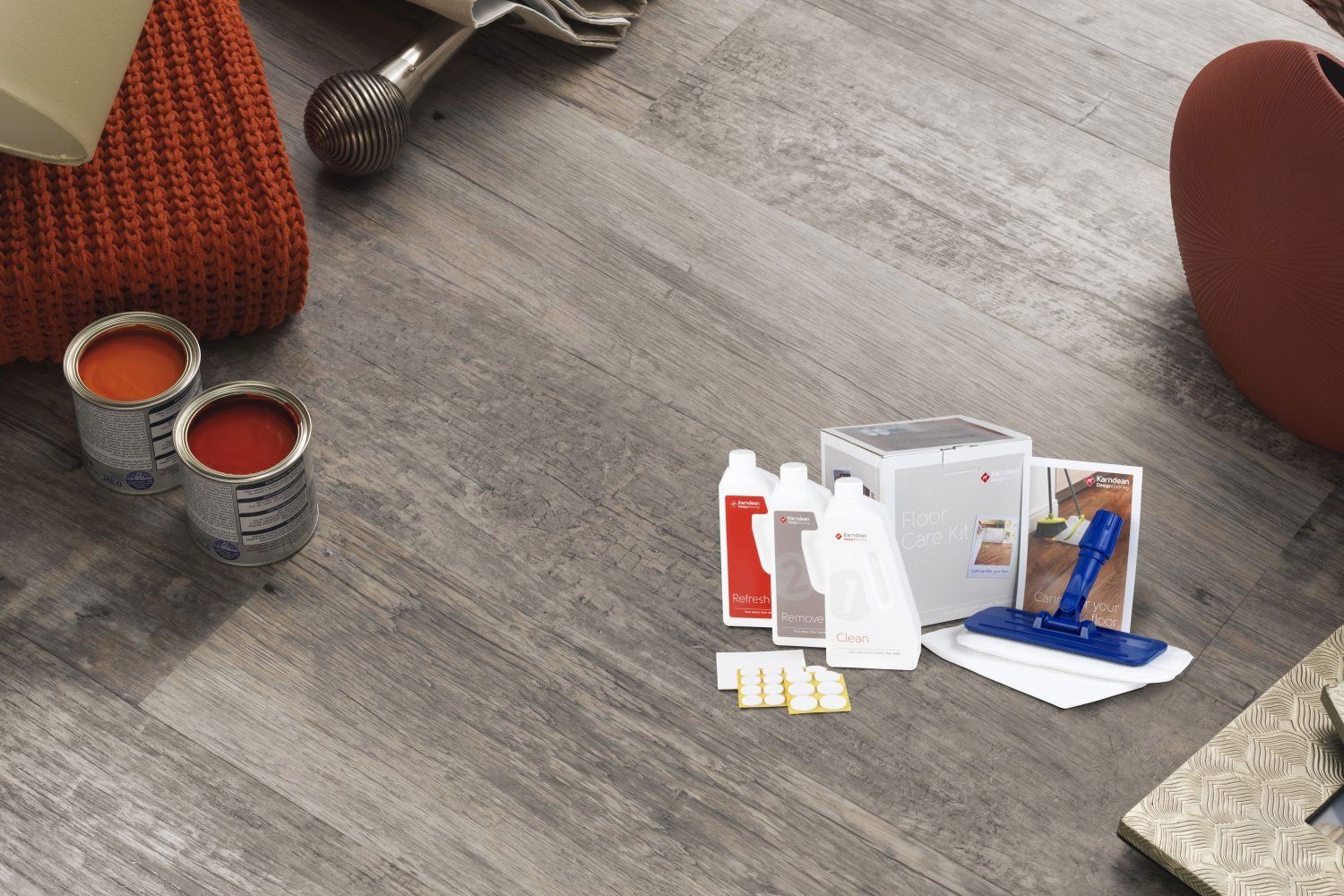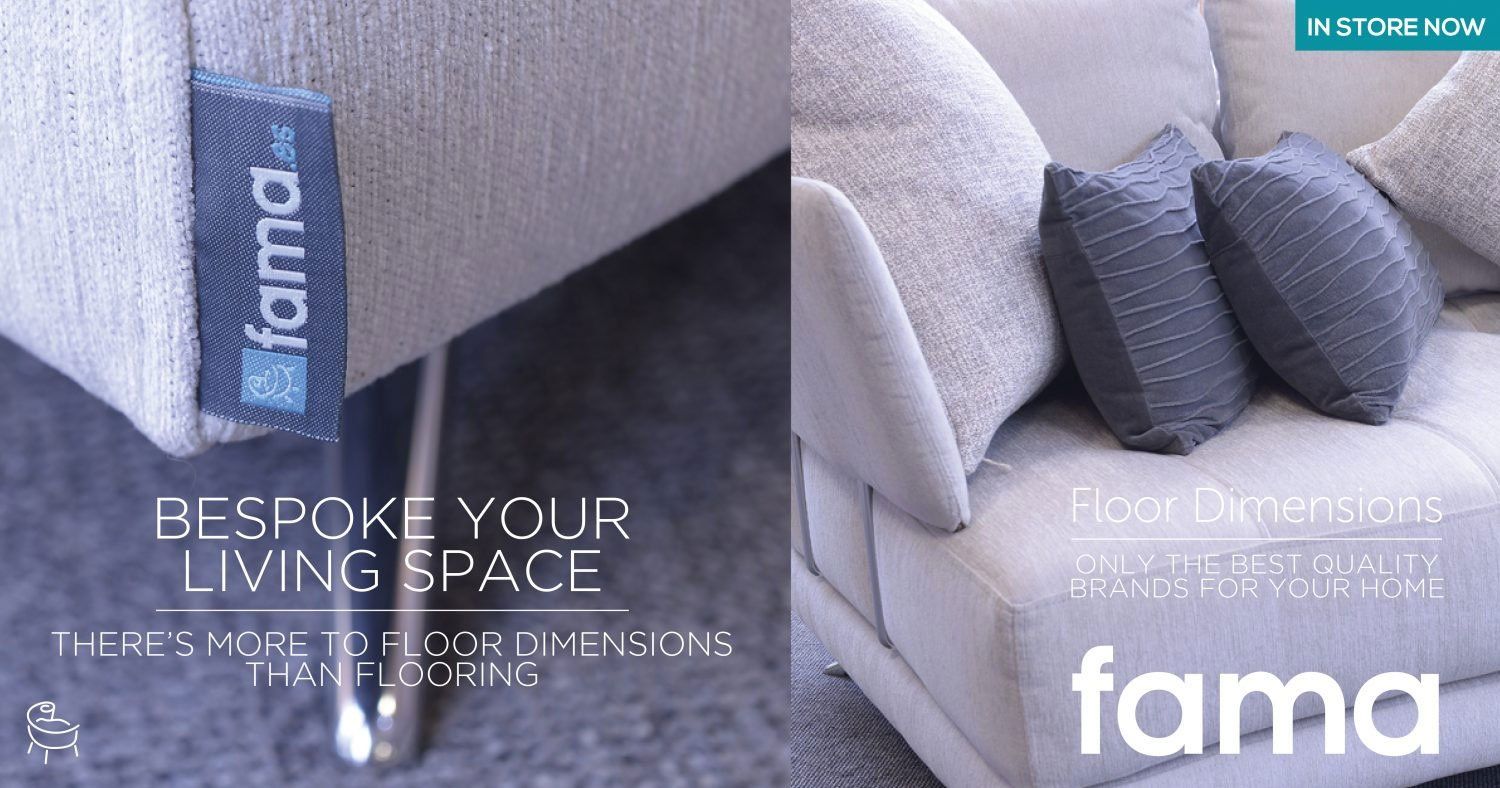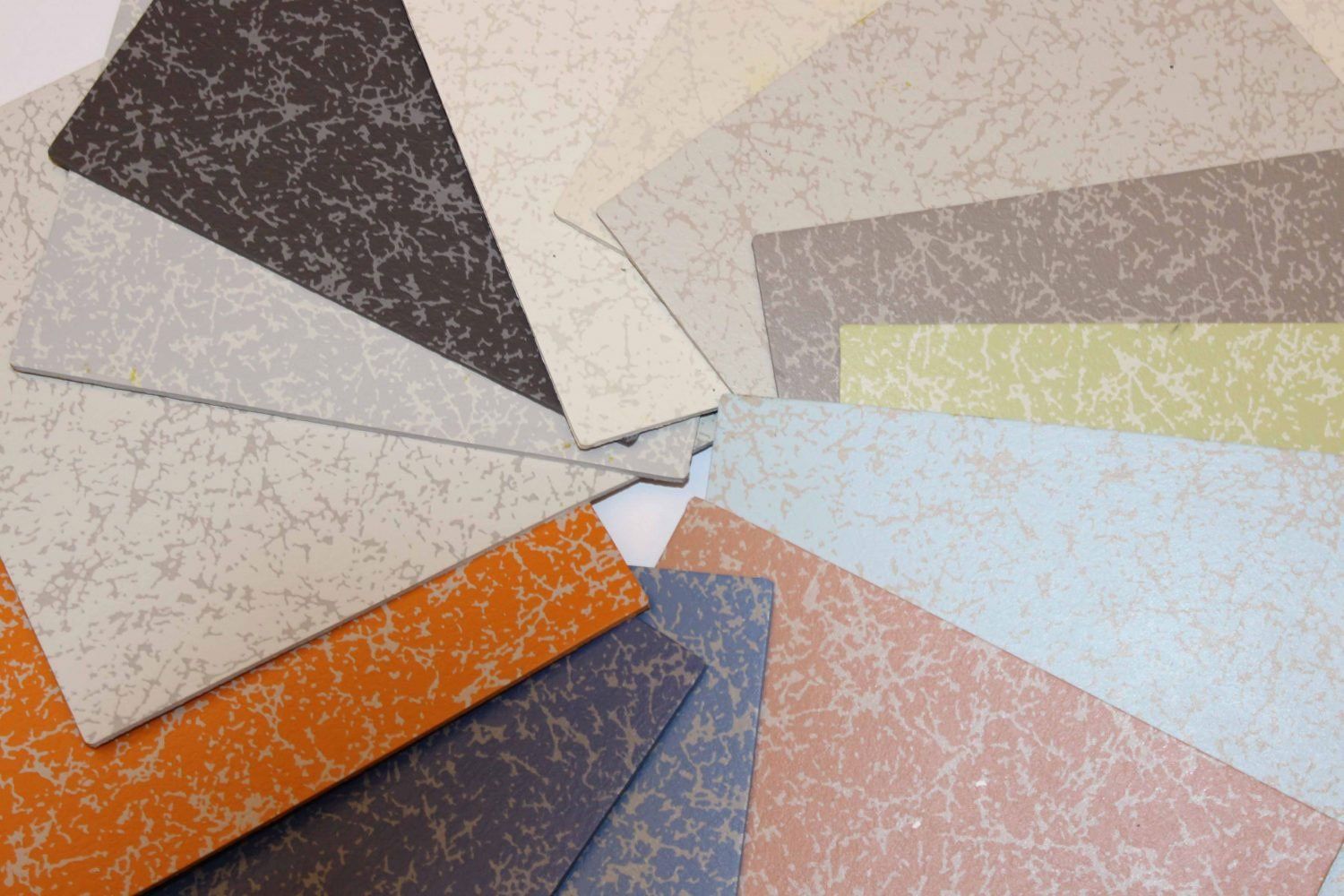Asthma & Carpets – The Facts
There is a common misconception that carpet is a carrier for asthma and allergies. Whilst it is true that carpets can accumulate dust and dirt particles quicker than the majority of hard surfaces, for dust mites to thrive they require a specific temperature and humidity that’s too low in carpet.
It is said that temperatures need to be between 18-25 degrees Celsius, with humidity levels between 60-70%. The temperature and humidity of carpet is well below this, ensuring a climate that’s not conducive for live dust mites to spread.
It’s unfortunate that many people wrongly assume carpet causes asthma and dust allergies and seek to change their flooring as a result. The Carpet Foundation has a number of interesting statistics from studies conducted by leading scientists across Europe, which back up the fact that hard flooring increases the risk of sensitisation in the air.
Carpet Is Less Conducive To Dust Mites Than Smooth, Harder Flooring
In Sweden, carpet sales have reduced by more than three quarters (77%) in 15 years, however there has been a corresponding 300% increase in asthma cases. Meanwhile, in Germany, scientists found that the average level of particles and allergens in the indoor atmosphere above carpeted floor was 30.4ug/m3, compared with 62.9ug/m3 above smooth floors – making the latter twice as likely to make inhabitants susceptible to dust particles.
While dust and allergen particles run the risk of becoming airborne from smooth, hard floors, carpeted materials act more like a sponge, soaking up more of the particles and subsequently minimising the exposure potential.
Regular vacuuming of carpets can substantially reduce the chances of sensitisation again, keeping allergen levels significantly lower than those found on harder flooring. Ventilation can also help guard against the growth of dust mite populations. Flooding rooms with fresh air not only improves ventilation but it also keeps temperatures and humidity levels at acceptable levels.
The Most Common Asthma And Allergy Triggers In Your Home
Now that we’ve established that the removal of carpets is not beneficial to asthma sufferers, it’s important to consider the other triggers of asthma and dust allergies in your home that you may have overlooked.
- Central heating - Once the central heating comes on when the cold temperatures bite outside, dust mites will quickly multiply. However, it can be even worse for those without central heating. The dry heat central heating gives out, is less conducive to thriving dust mites, with damper homes much more susceptible to asthma and allergens.
- Open fires - It is said that burning wood from open fires or wood-burning stoves can trigger asthma symptoms in some people. The wood gives off fine particles which, if breathed in, can inflame airways.
- Furniture - Furniture such as bedding, shelving and even some carpets can feature a chemical known as formaldehyde which may be used in the manufacture of these products. In scientific terms, it is a volatile organic compound, which means it becomes a gas at room temperature. We therefore recommend that you keep rooms well-ventilated from the moment you install new furniture.
- Cleaning products - Some cleaning products and air fresheners will also contain volatile organic compounds which can trigger asthma if the chemicals are inhaled.
- Paints - If you’re a keen decorator or DIYer, you’ll be interested to know that some paints, glues and varnishes feature volatile organic compounds too. However, most large DIY stores now clearly label the VOC levels of these products. If you do paint regularly, ensure the rooms are well-ventilated throughout the decorating process.
We hope that you are reassured about the misconceptions of a direct link between carpets and asthma. At Floor Dimensions, we are dedicated to supplying high-quality carpets from brands renowned for their expert craftsmanship and supreme materials.
Please don’t hesitate to visit our new large showroom in Stowmarket to discover our huge range of samples in a variety of colours, styles and materials. Let us provide soft, durable flooring for your home that absorbs more dust particles and allergens than harder flooring options.

